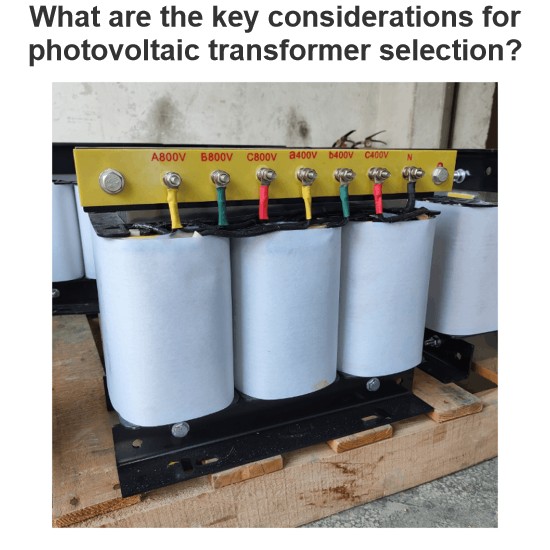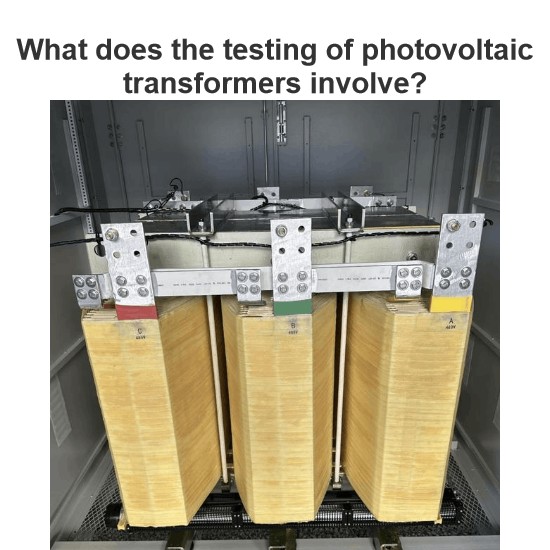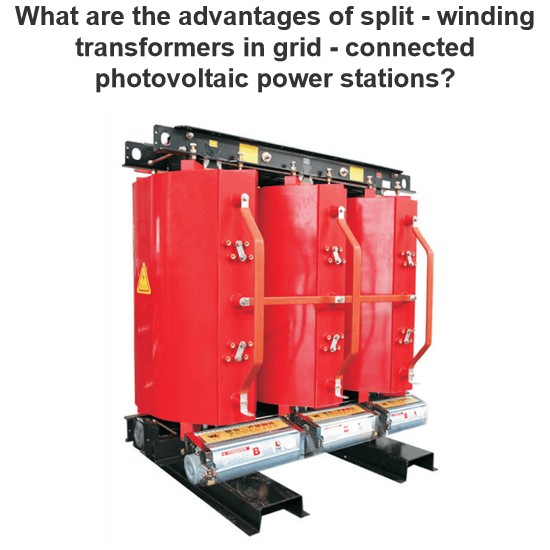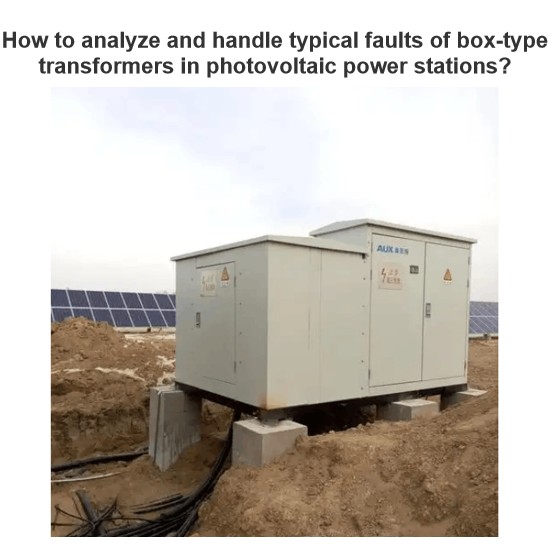How does an iron core decrease losses in transformers?
Methods to Reduce Core Loss in Transformers
The iron core loss in transformers mainly includes hysteresis loss and eddy current loss. Here are some effective methods to reduce these losses:
1. Choose high-quality iron core materials
High Permeability Materials: Using high permeability and low loss silicon steel sheets as transformer core materials can effectively reduce hysteresis loss and eddy current loss.
Low Loss Material: Choose low loss silicon steel sheets with smaller grains and higher resistance, which have weaker conductivity of magnetic flux in the silicon steel sheet, thus achieving the purpose of reducing eddy current losses.
2. Optimize the core structure
Stacked Structure: A stacked structure for the magnetic core can reduce the loss of magnetic flux. Properly designing the air gap and cross-sectional area of the magnetic core structure can also minimize the iron loss in the transformer.
Rational Design: The design of the iron core structure should be reasonable to ensure that the magnetic flux path is short and thick, reducing the length and resistance of the magnetic flux path, thereby lowering the iron loss.
3. Reduce Magnetic Flux Density
Flux Density Control: Excessive flux density can lead to increased eddy current losses and core losses. Therefore, when designing and manufacturing transformers, it is necessary to select the appropriate flux density based on specific operating conditions and requirements, minimizing the flux density as much as possible to reduce iron losses.
Balanced Trade-offs: Reducing the magnetic flux density can decrease the iron losses in a transformer, but it also increases the size and weight of the transformer. Therefore, a balanced trade-off for the magnetic flux density needs to be made during the design process.
4. Choose low-loss insulating materials
Insulation Material: Properly selecting low-loss insulation materials can reduce the overall loss of transformers.
Winding Insulation: Proper insulation of the winding to prevent eddy current loss due to electromagnetic induction.
5. Optimize Manufacturing Processes
Precise Manufacturing: The adoption of precision wet iron core manufacturing process can enable transformers to have higher working efficiency and lower iron losses.
Quality Control: Ensure quality control during the manufacturing process to avoid defects and inconsistencies in the core material.
6. Regular Maintenance and Inspection
Maintenance Measures: Regular maintenance and inspection can promptly identify and repair faults and problems in transformers. Appropriate maintenance measures can extend the service life of transformers and reduce iron losses.
Cleaning and Inspection: Regularly clean the surface of the transformer, inspect the insulation condition, ensure the normal operation of the transformer, and reduce losses.
Optimize the cooling system.
Cooling Efficiency: Optimizing the transformer's cooling system can improve the transformer's thermal balance, reducing losses and iron losses.
Heat dissipation design: By increasing the heat dissipation surface area and improving cooling efficiency, it can effectively reduce transformer losses.
In summary, reducing the core loss in transformers requires a multi-faceted approach, including selecting high-quality core materials, optimizing core structure, lowering magnetic flux density, choosing low-loss insulating materials, optimizing manufacturing processes, regular maintenance and inspection, and optimizing cooling systems. By combining these methods, it is possible to effectively reduce the core loss of transformers, thereby improving their efficiency and service life.
The Electricity Encyclopedia is dedicated to accelerating the dissemination and application of electricity knowledge and adding impetus to the development and innovation of the electricity industry.













